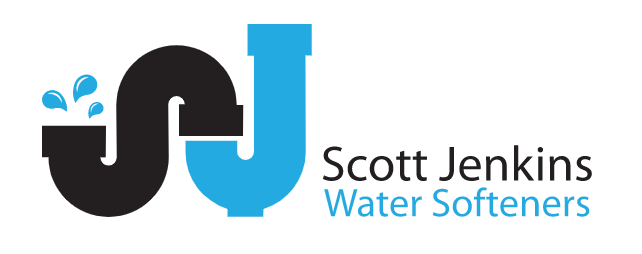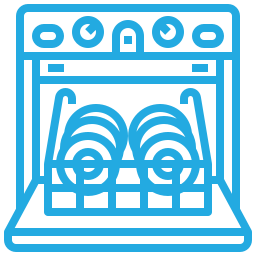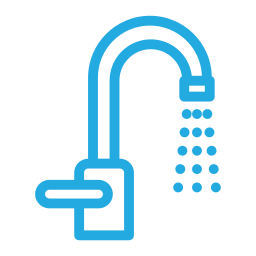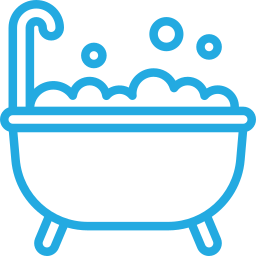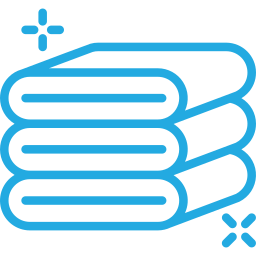How hard is the water in Upper Beeding?
Water hardness reading:
245 ppm (moderately hard)

Hard water flows through the mains supply in Upper Beeding. Here’s why…
Why is the water so hard in Upper Beeding? It’s because of the chalky soil, present along much of the south coast, especially East and West Sussex. This type of soil is full of calcium and magnesium minerals, which have the effect of turning the naturally soft rainwater hard when it comes into contact.
Although hard water isn’t harmful as such, it isn’t helpful to the skin, making it go dry, which is aggravating for conditions like eczema and dermatitis. And it washes the living daylights out hair and laundry. Beside this, hard water is also the prime reason that nasty limescale collects on surfaces in kitchens and bathrooms. It also builds up in household appliances, like dishwashers, kettles and washing machines. No matter how often you clean, the scale will keep coming back.
It’ll also play havoc with your central heating system and boiler – clogging up the pipework and reducing tank capacity, resulting in poor energy efficiency. That means ever rising fuel bills and a boiler that could need replacing well before its time.
The best way to avoid all this grief is to have a cost-efficient water softener installed. Softened water provides a multitude of lifestyle benefits – you’re your everyday washing, cleaning and cooking. And your skin and hair will be ever grateful.
Being close to the coast, Upper Beeding has a water hardness level of around 245 parts per million (ppm). Any reading above 200ppm is deemed to be hard. By having an efficient Scott Jenkins water softener fitted which should last you years and years, that reading will drop to virtually zero.
Upper Beeding – an Overview
Annual rainfall: 27.98inch or 710.69mm.
Upper Beeding is a village in the Horsham District of West Sussex, located at the northern end of the River Adur gap in the South Downs, four miles north of Shoreham-by-Sea. It is also a bridging point over the Adur with Bramber and Steyning on the opposite side. The parish also includes the smaller village of Small Dole to the north towards Henfield and Edburton to the northeast. The Upper Beeding parish population stood at 3,763 at the 2011 census.
The area around Upper Beeding, now part of the South Downs National Park, is popular with walkers, cyclists and equestrians. Close by is the Beeding Hill to Newtimber Hill Site of Special Scientific Interest.
The village has a rich history. In AD 858 it is reckoned that Aethelwulf, Alfred the Great’s father, died at Upper Beeding and that he was buried across the River Adur in Steyning.
Mains Drinking Water and Sewerage Services in Upper Beeding
Upper Beeding’s mains water and sewerage services are supplied by Southern Water.
